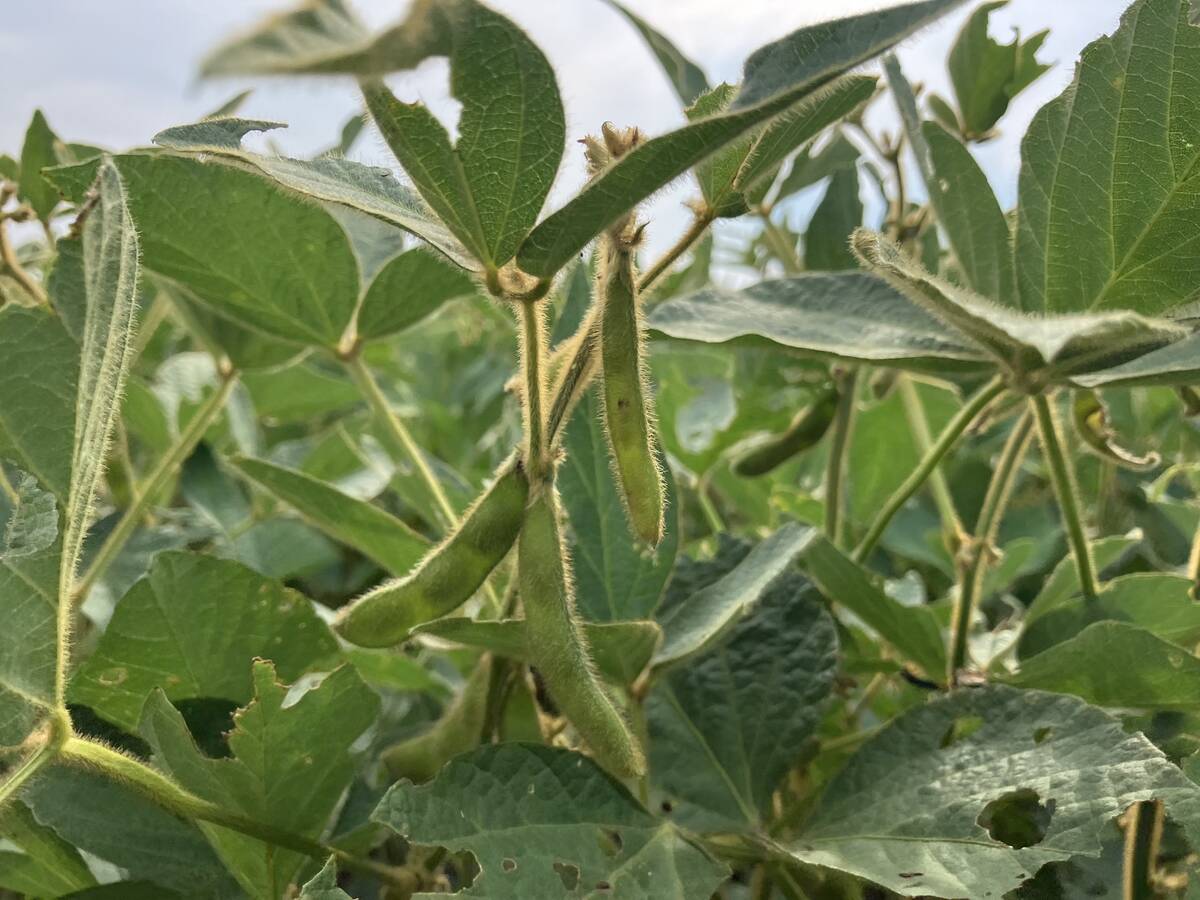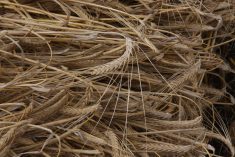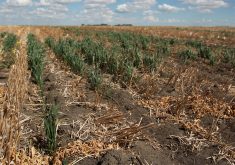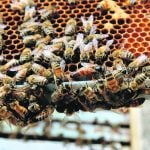It will cost you, but treating on-farm water supplies is money well spent, says a water quality researcher.
Darrell Corkal, who co-ordinates such research at the Prairie Farm Rehabilitation Administration, said many people cringe when he tells them how much their water treatment will cost.
Often they shrug and do nothing, he said.
“This is one of my dilemmas. If people want high-quality water, it’s going to require money and time and effort.”
The cost varies, depending on the water source and type of treatment required.
Read Also

U.S. loses out on sales of soybean to China
U.S. soybean exporters risk missing out on billions of dollars worth of sales to China this year as trade talks drag on and buyers in the top oilseed importer lock in cargoes from Brazil.
Corkal said farmers should have source water tested at a commercial laboratory. Then, an appropriate treatment system can be designed.
He said people have to look at their entire water system, including watershed protection, effective filtration and disinfection, and regular water testing.
“If one breaks down, the water quality is likely to deteriorate.”
The first step is to make sure the well or dugout is clean and free of fertilizers, animal waste or other pollutants. It should be inspected regularly, preferably once a week throughout the year.
The water source should be fenced so livestock can’t get to it, and all runoff should be drained away from it.
Corkal knows this can create problems.
“Typically, you put the water near where your barns are or your corrals are, so there is immediately a risk when that happens,” he said. “While it makes sense from a supply perspective because you don’t have to put in lots of pipes, it’s really dangerous from the protection side of the well or dugout.”
Corkal also recommends year-round aeration of dugouts to stop the recycling of nutrients at the bottom, improve taste and odor and reduce algae.
He said all surface water runs the risk of containing bacteria, parasites and viruses, and all sources should be viewed as having them.
The next step is effective filtration and disinfection.
Corkal calls the system for dugouts a “treatment train.”
It begins with chemical coagulation, followed by sand filters, carbon filters and disinfection using chlorine or ultraviolet light. This would pre-treat the water for general household use.
For all drinking water, cooking water and brushing teeth, Corkal said it is essential to add a reverse osmosis unit or distiller.
“People are floored when I tell them this is what they need to do.”
He explains it using this example: The water in Buffalo Pound Lake, near Moose Jaw, Sask., is probably four to five times better than dugout water, yet the communities it supplies use all these treatments, except reverse osmosis and distillation.
The cost of the treatment train is between $7,000 and $10,000.
Corkal said if people can’t put the system in place, they should consider their water not safe for drinking and buy bottled water from a reputable supplier.
The problem in wells is usually inorganic matter such as minerals, although wells of less than 30 metres are similar to surface water supplies, he said, and should, at a minimum, be disinfected because they are susceptible to land use practices.
“If you have a good quality well, you probably can get away with a softener to deal with hardness and disinfection. Something like that would be about $2,000.”
Wells with high concentrations of iron, manganese, arsenic and boron require more extensive treatment.
Corkal also said people who haul water and store it should be aware the water could be contaminated simply by putting it in the cistern. He recommends basic treatment and disinfection in the house at a cost of between $1,000 and $2,000.
He added that maintenance is critical, no matter what type of system farmers use. And regular testing is a must, because water quality changes over time.
PFRA staff at district offices throughout the Prairies can help farmers with on-farm water supplies.
There is also information on the Agriculture Canada website, at www.agr.ca/pfra.

















